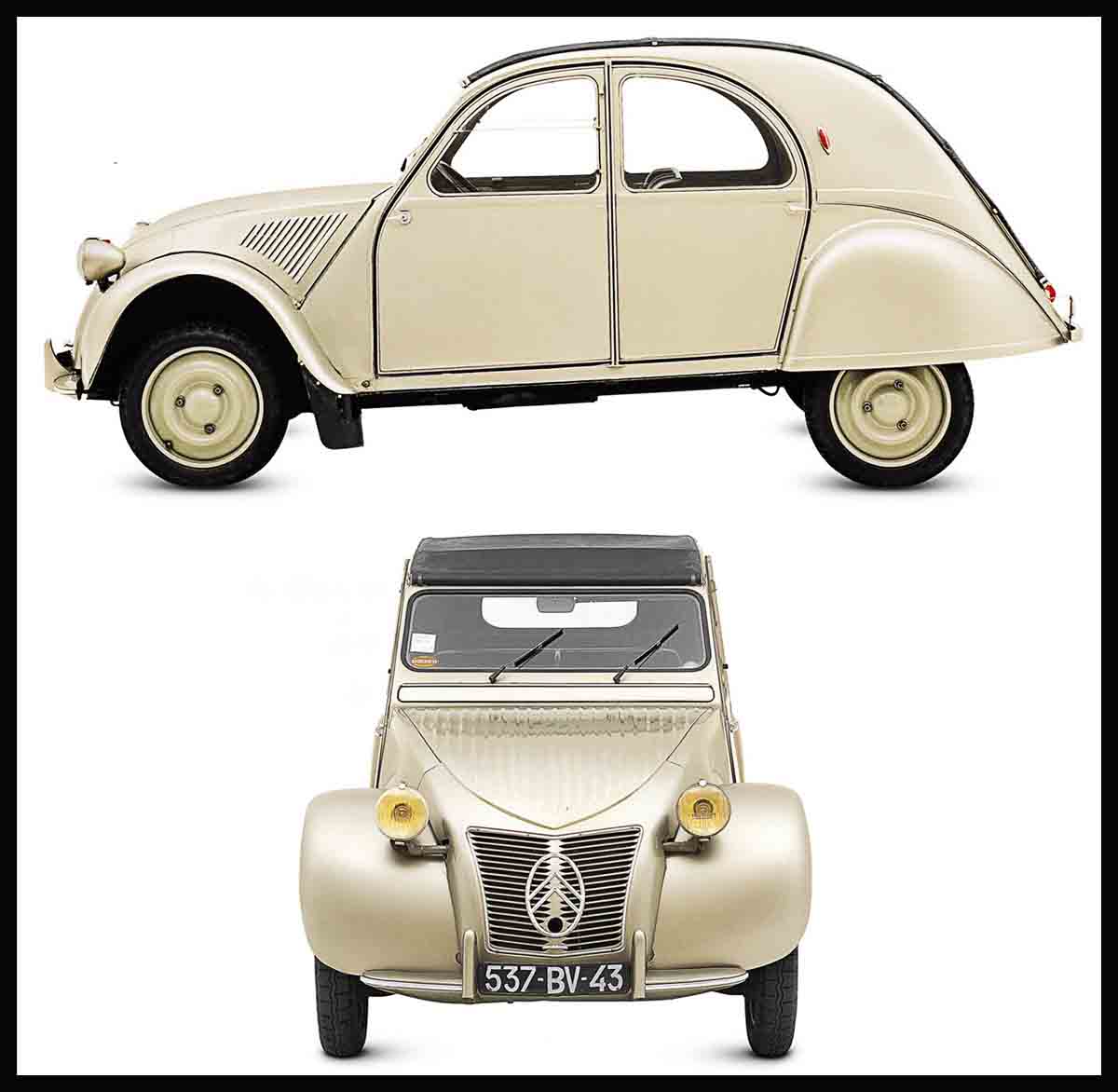
Austerity Motoring
Low-cost motoring had been popularized in the 1920s and 1930s by the Ford Model T in the US and the Austin Seven in the UK. In the 1940s many more small economical cars arrived to provide motoring for the masses—often using tiny, two-cylinder engines. While larger, conventional cars usually had the engine at the front driving the rear wheels, in these minicars the engine and drive-wheels were at the same end, so the transmission required less space. Though these cars served a humble purpose, their design was clever and characterful.
Citroën 2CV 1948
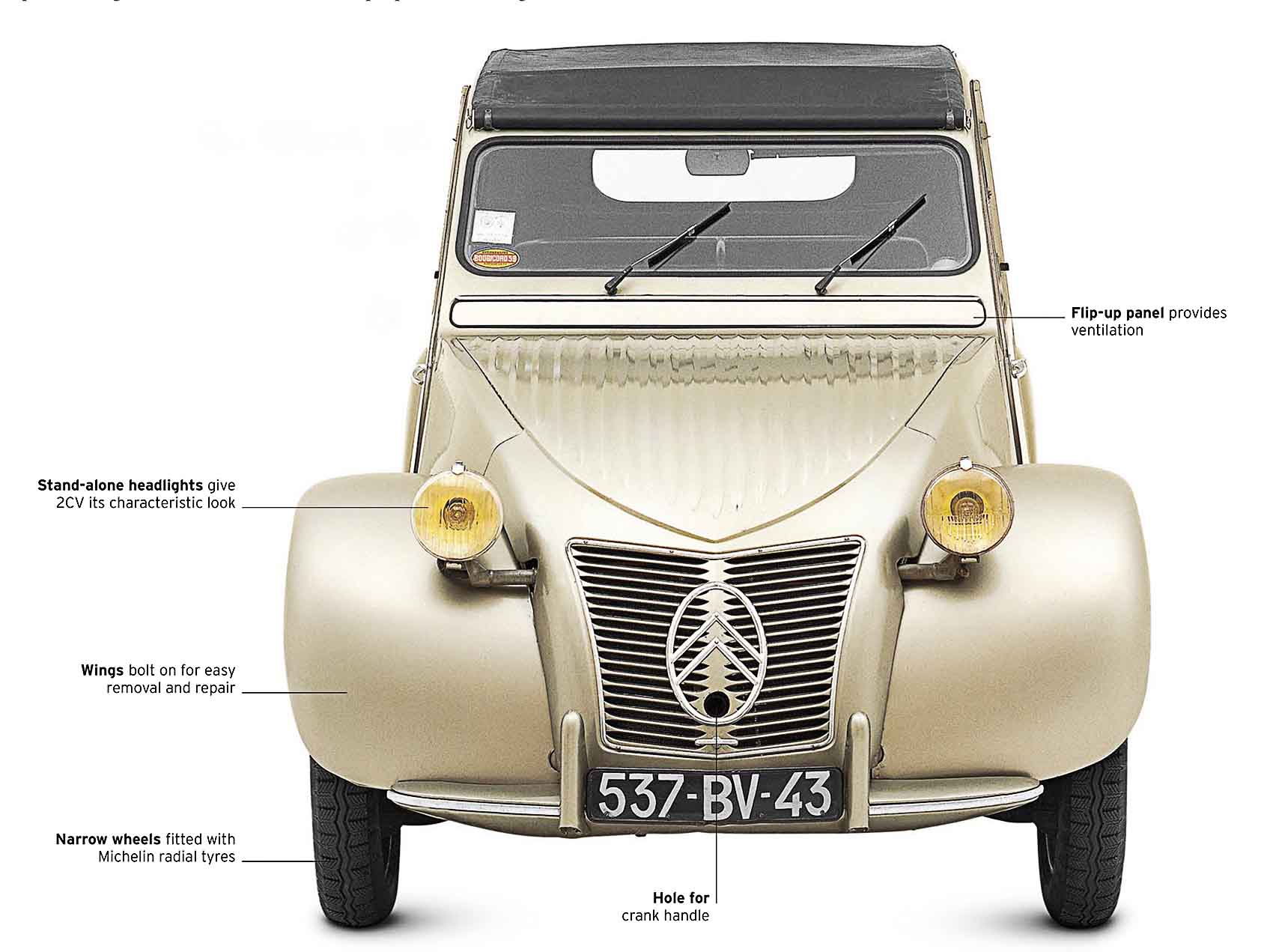
| Origin | France |
| Engine | 375 cc, flat-two |
| Top speed | 72 mph (116 km/h) |
More than five million Deux Chevaux were sold in a 42-year production run. Economical and characterful—but slow and noisy—the 2CV offered a very supple ride and extraordinary grip despite its slender tyres. The fabric roof could be rolled right back.
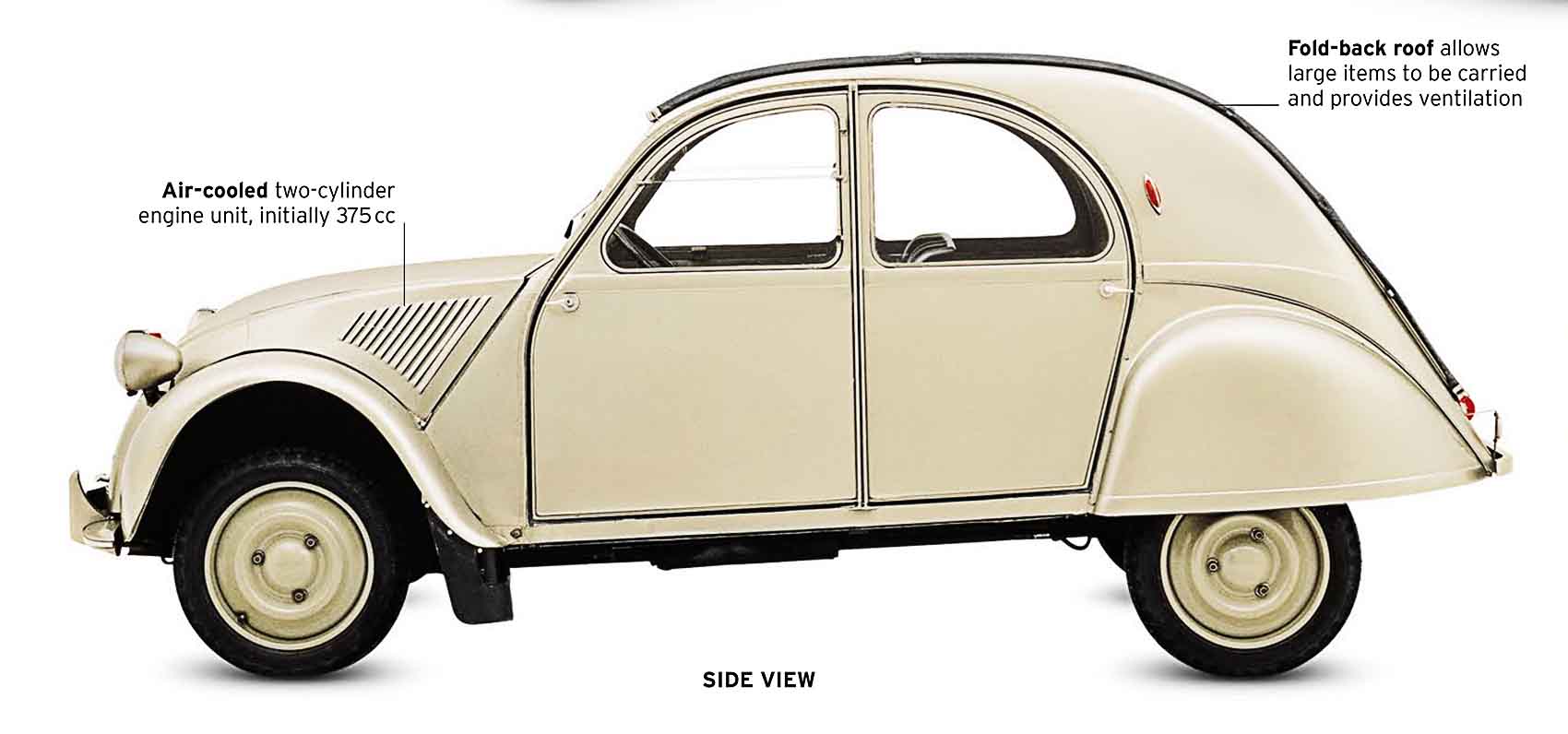
Interconnected suspension
The long-travel suspension was linked front to back, and allowed the 2CV to travel smoothly over rough surfaces.
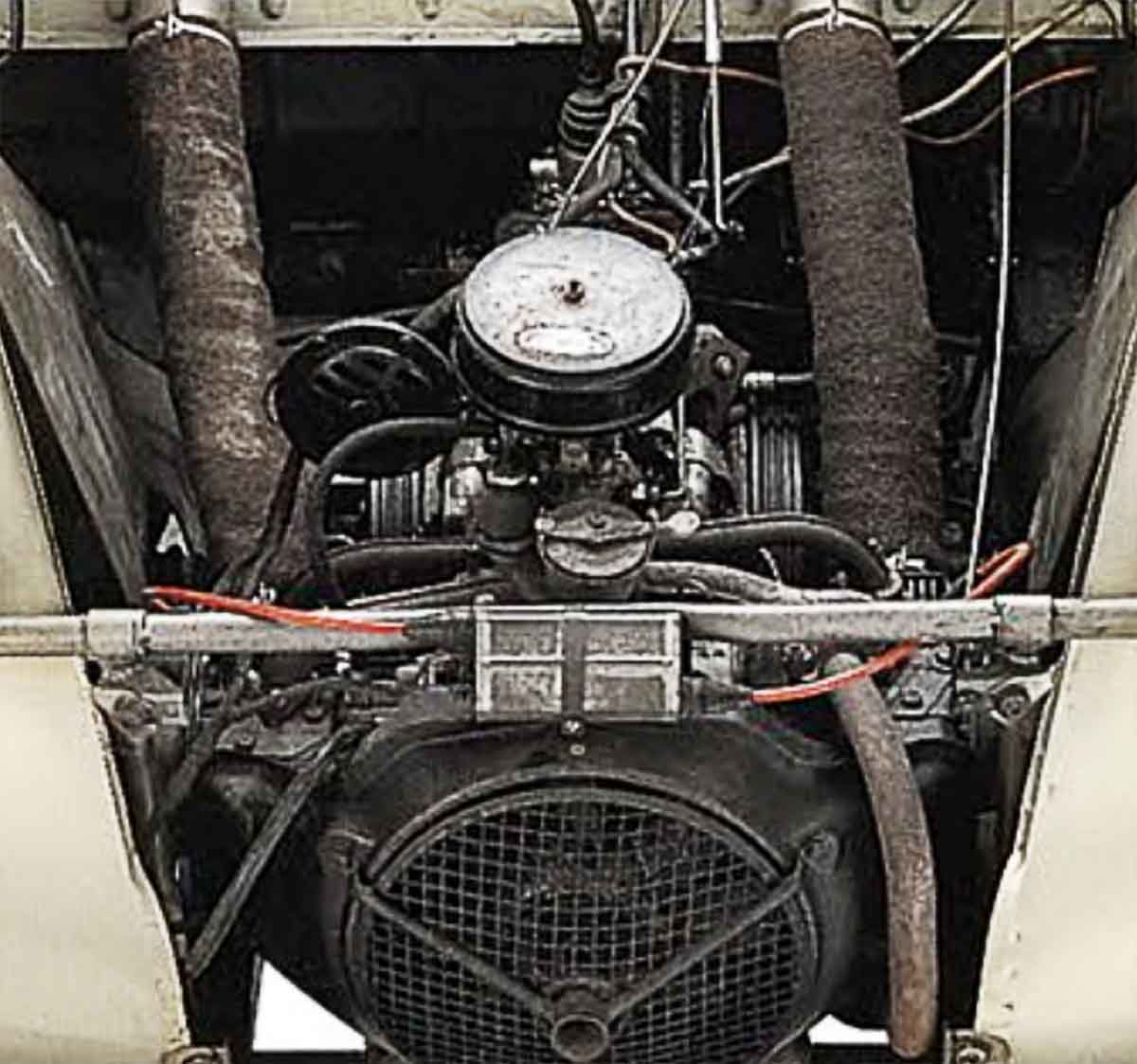
Robust engine
All 2CVs featured an air-cooled engine, although the original 375 cc unit (here) was replaced by a larger motor. Both engines thrived on high revs, and proved hardworking and reliable.
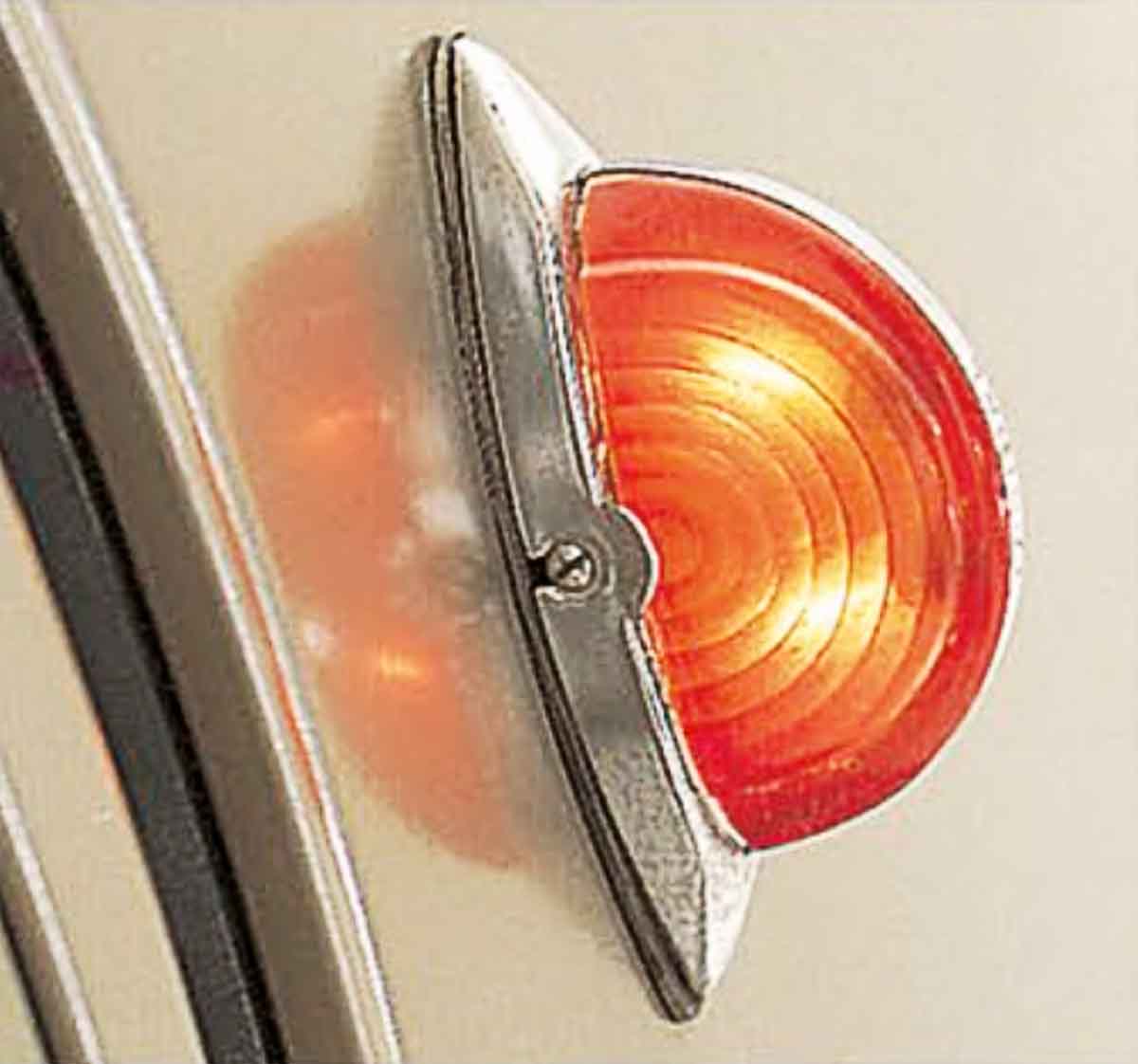
Simple signalling
Indicators were added to the rear pillars in the 1950s. An ingenious innovation, they could be seen from the front and the rear in this position, which meant that only two were needed. Simplicity was key to the design of the 2CV.
Standard 8HP 1945
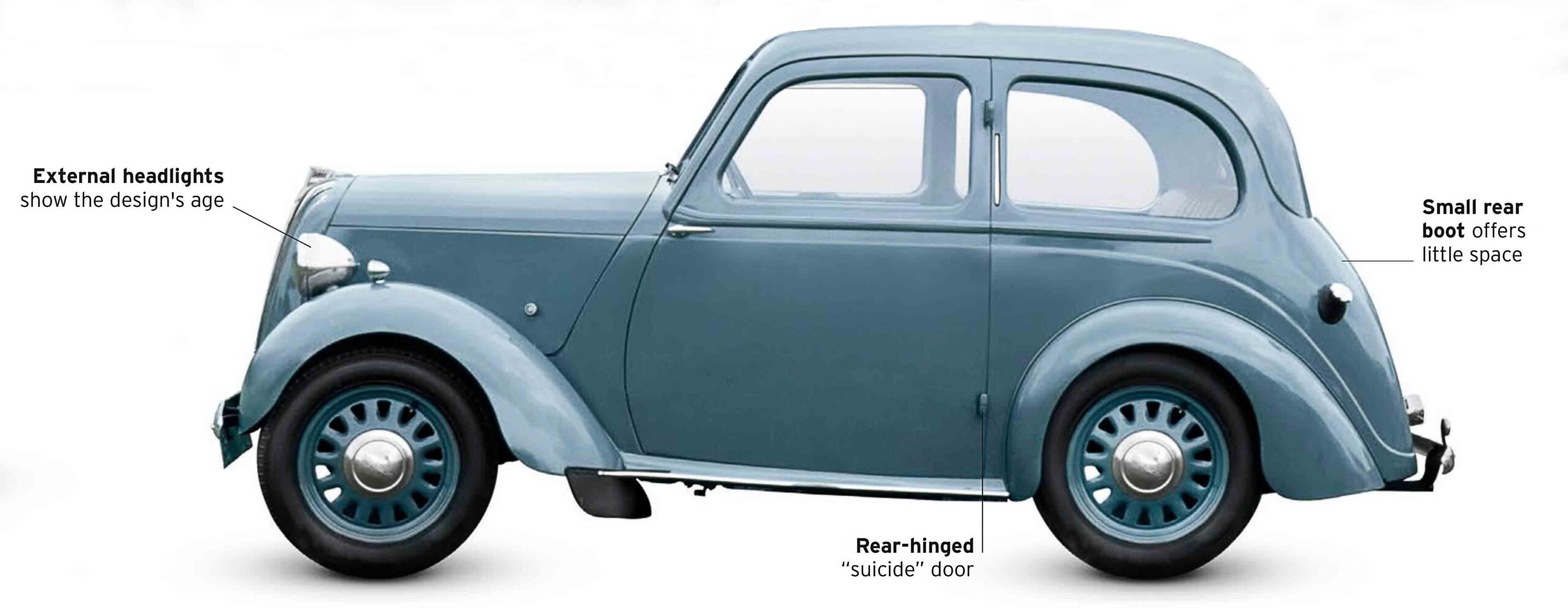
| Origin | UK |
| Engine | 1,009 cc, straight-four |
| Top speed | 60 mph (96 km/h) |
Standard rushed its prewar 8HP back into production in 1945, having improved it with a four-speed gearbox. The 8HP designation referred to its RAC horsepower rating, which determined its rate of road tax (the engine actually produced 28bhp). Standard sold 53,099 examples of this model in three years.
Renault 4CV 1946
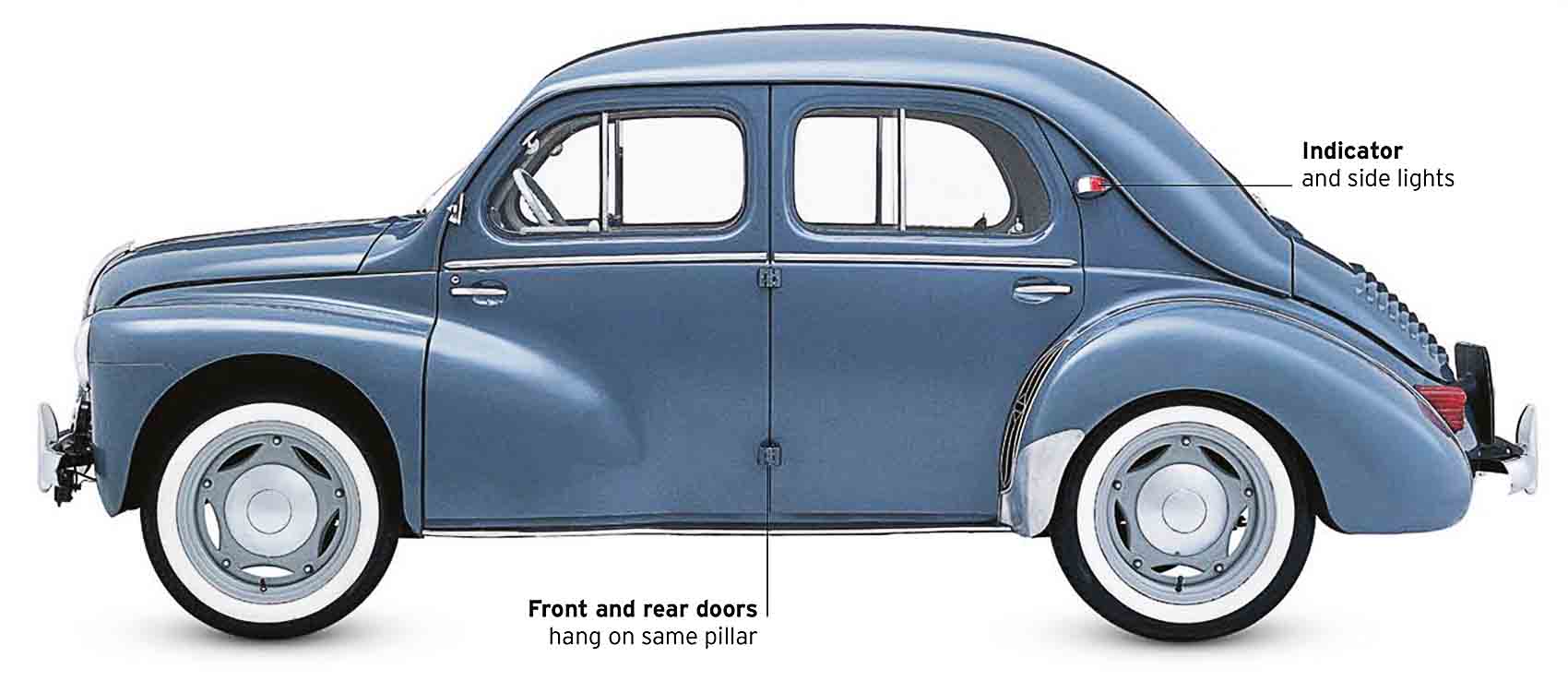
| Origin | France |
| Engine | 760 cc, straight-four |
| Top speed | 57 mph (92 km/h) |
Renault’s small car, the 4CV, looked similar to its British rival, the Morris Minor. However, with all-independent suspension and a rear-mounted engine under the skin, it had more in common with the German Volkswagen. It was the first French car to sell more than a million examples.
Bond Minicar 1948
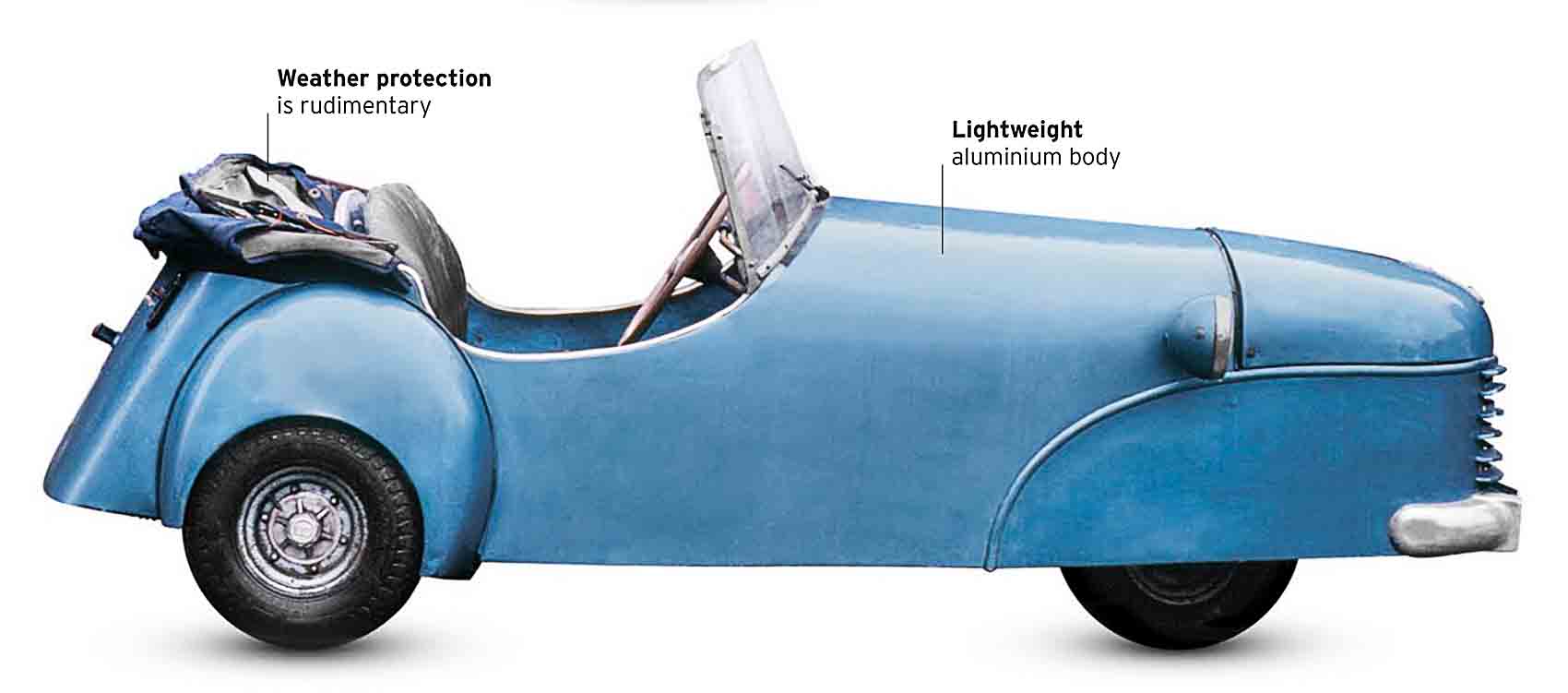
| Origin | UK |
| Engine | 122 cc, one-cylinder |
| Top speed | 38 mph (61 km/h) |
Bond’s three-wheeler Minicar was cheap to run, inexpensive to tax, and could be driven by anyone who had a motorcycle licence. The simple design featured an air-cooled motorbike engine that pivoted with the front wheel and had no reverse gear.
Fiat 500C 1949
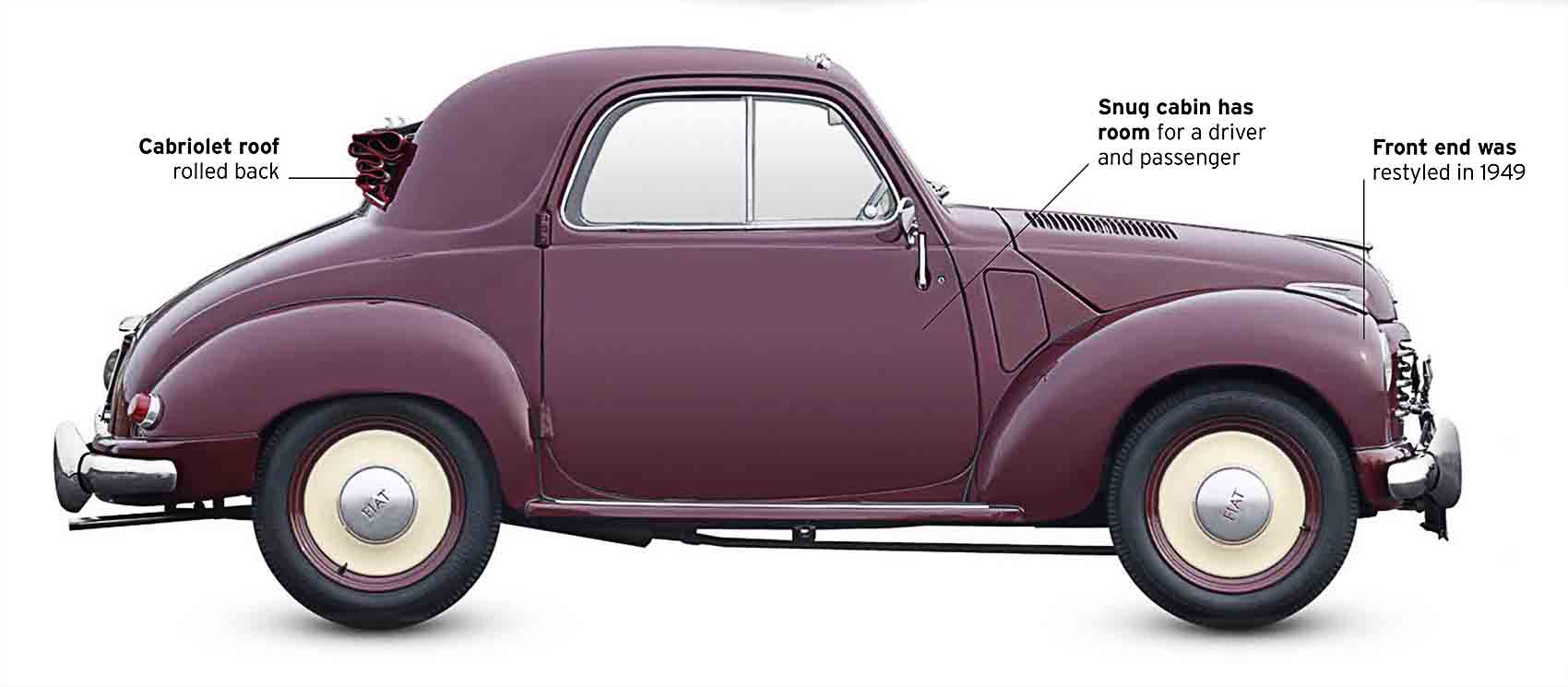
| Origin | Italy |
| Engine | 569 cc, straight-four |
| Top speed | 60 mph (96 km/h) |
This was the final version of Dante Giacosa’s brilliant 1937 “Topolino” (Little Mouse), which mobilized the population of Italy in the 1930s. Like the earlier cars, the 500C of 1949 had only two seats, and a front-mounted, four-cylinder engine. Coupe, cabriolet, estate, and van versions were made.
It is a quote. The Classic Car Book – The Definitive Visual History 2016




